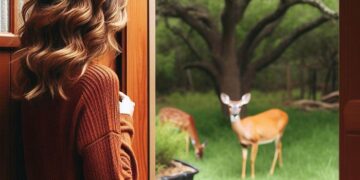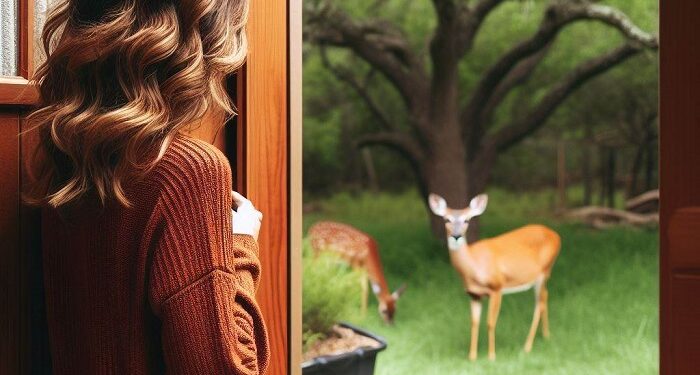Welcoming deer into your backyard can be a charming way to connect with nature. By providing an assortment of vegetables and treats, you can entice these graceful animals to explore and graze in your outdoor space. Among the various options available, certain vegetables and products stand out as top favorites for deer.
- Carrots: Deer are attracted carrots. These vibrant and sweet veggies are a definite hit. Consider scattering whole carrots or chopping them into smaller pieces across your yard to attract deer.
- Apples: Juicy, crisp apples are irresistible to deer. They’re drawn to the sweetness and will readily munch on slices or whole fruits. Placing these in frequented areas can encourage deer visits.
- Pumpkins: During the fall season, pumpkins serve as both decoration and deer treats. After Halloween, rather than discarding them, place pumpkins around your yard for deer to enjoy the soft flesh and seeds.
- Leafy Greens: Vegetables like lettuce, kale, and spinach might not be as sweet as fruits, but they still attract deer. Planting these in your garden or leaving out leftover leaves can lure deer seeking a nutritious snack.
- Corn: Deer have a strong affinity for corn. Scatter dried kernels or whole cobs in your yard; it’s a surefire way to draw them in.
As you offer treats to deer, remember these pointers:
- Moderation: Offer treats in small quantities to avoid overfeeding or creating dependency on these food sources.
- Placement: Scatter the treats in different areas to encourage exploration, but maintain a safe distance from your home and roads for the deer’s safety.
- Natural Forage: While treats entice deer, their natural diet comprises foliage, grass, and vegetation. Ensure your yard provides natural foraging opportunities for a balanced diet.
Feeding Deer: Pros and Cons
While attracting deer to your yard can be an enjoyable experience, there are some potential downsides and considerations to keep in mind:
- Overpopulation: Feeding deer can lead to overpopulation in your area, which might strain the ecosystem and natural resources, causing damage to vegetation and impacting other wildlife.
- Dependency: Deer may become reliant on human-provided food, affecting their ability to forage naturally. This dependency can be detrimental to their survival skills and overall health.
- Property Damage: Deer might cause damage to gardens, landscaping, and vegetation in your yard while foraging or searching for food, which could lead to frustration for homeowners.
- Health Concerns: Concentrated feeding areas can increase the risk of disease transmission among deer due to close proximity, potentially leading to health issues within the local deer population.
- Safety Risks: Encouraging deer to frequent your yard might attract predators or encourage deer to approach roads, posing safety risks for both the animals and drivers.
Balancing the desire to interact with wildlife and their well-being involves mindful practices and understanding the potential drawbacks of attracting and feeding deer in your yard.
Attracting deer to your backyard offers an opportunity for an up-close encounter with nature’s wonders. However, it’s vital to do so responsibly, respecting their natural habits and dietary needs. Offering a variety of vegetables and treats can foster a connection with wildlife while prioritizing their well-being.


























